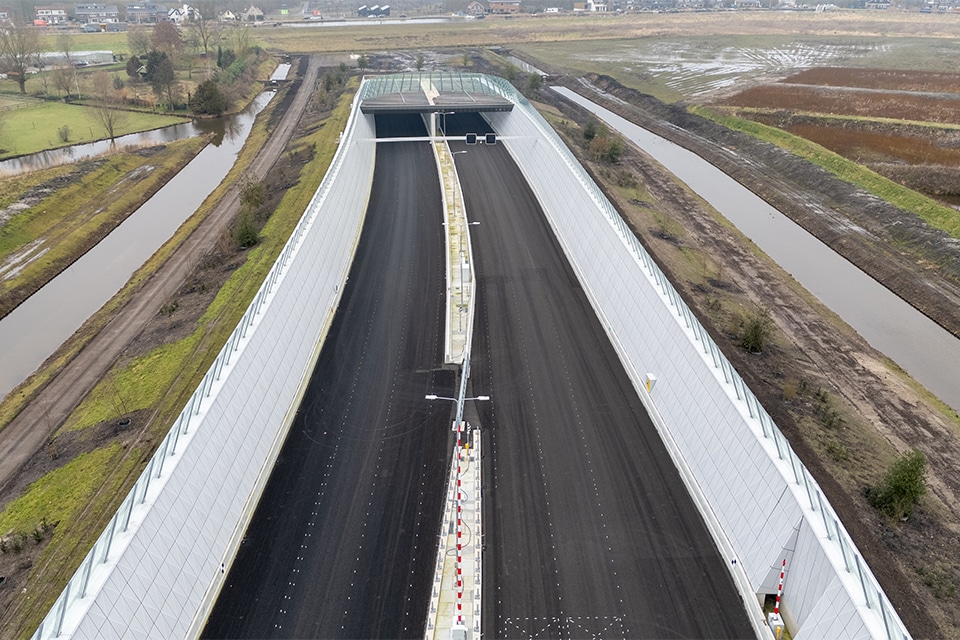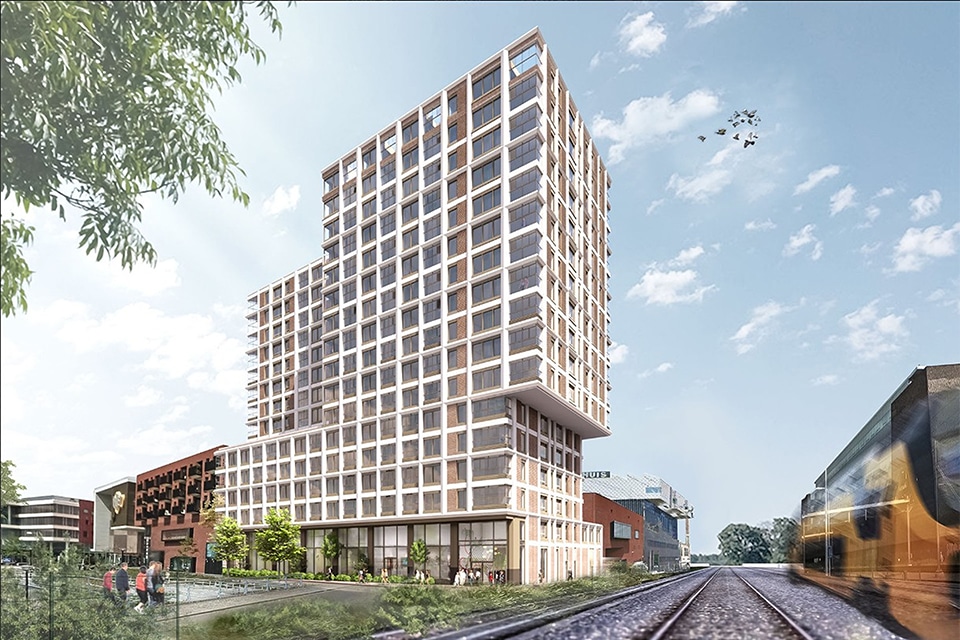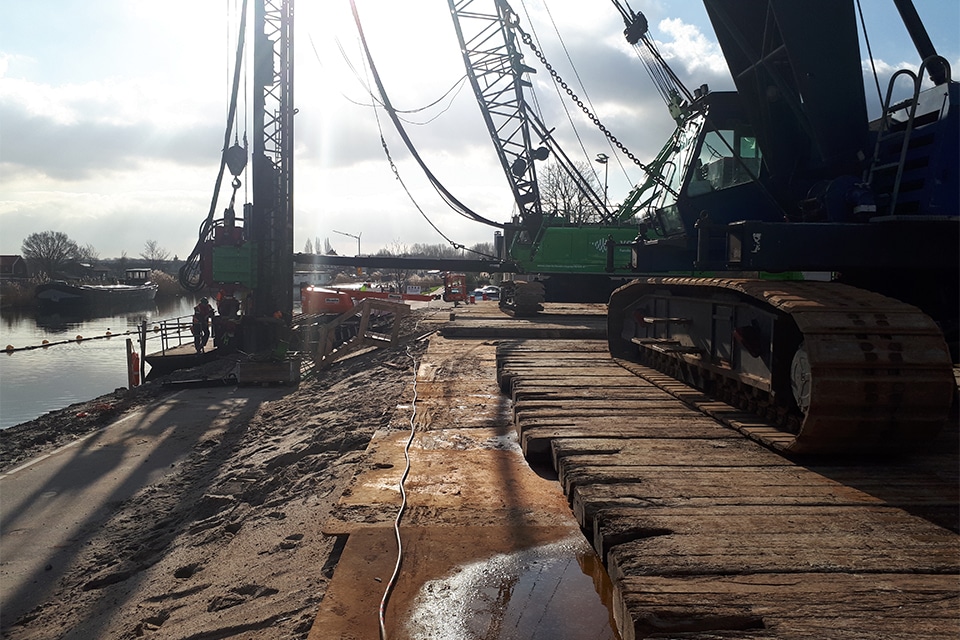
Granular product based on cement and bottom ash
A whole process preceded this. Central to this process was the reuse of raw materials. Director Bas van de Beeten: "Ultimately, the entire process led to a product that is strong, circular, sustainable and economically beneficial. This production provides multiple benefits both for clients and for Van de Beeten itself. We are therefore proud that we can now do this all in-house. We are the only company that produces and processes the product immediately." Works Manager Niels Schellekens: "The raw materials are delivered under certificate. The delivery of the cement is arranged with our own bulk trailer and the raw materials come to the port location by ship. Everything is arranged so that there are as few transport movements as possible. We want to keep the entire process, from the entry of the raw materials to processing our own product, in our own hands."

Production, recipe and delivery
Manager of raw materials and trade Ted Kees: "Thanks to the requirements we set and the customization we provide, we can produce up to 3,000 tons per day. Here we can adjust the recipe in detail. On request, we can also produce other compositions. Our granular product, a substitute for mixed granulate, is composed of cement and bottom ash. Thanks to our own trailers, the end product can also be delivered by Van de Beeten on site. Then the processing and compaction is done on site by our experienced machinists."
Features
A major advantage of the finished product is that it has a favorable MKI (Environmental Cost Indicator) value. It amounts to €0.96 per ton. This is very favorable for BREEAM projects. In addition, the product has a number of other advantageous properties. In addition to the economic benefits, the product has a higher compressive strength, works cleaner and requires less thick concrete floors and fewer driving slabs. Furthermore, it is a certified and freely applicable building material.

Pick it up and start it
It takes four trucks to move the entire mixing plant. Still, the ability to move is a big advantage. Kees explains: "Because we can move the entire plant, we can always place it close to a project. Among other things, this saves us many kilometers of transportation. However, it is important that a suitable port location is available somewhere nearby. The mixing plant was used for the first time in Oss at Vissers Ploegmakers. There, two years after the initial idea, the machine was up and running within a day."



